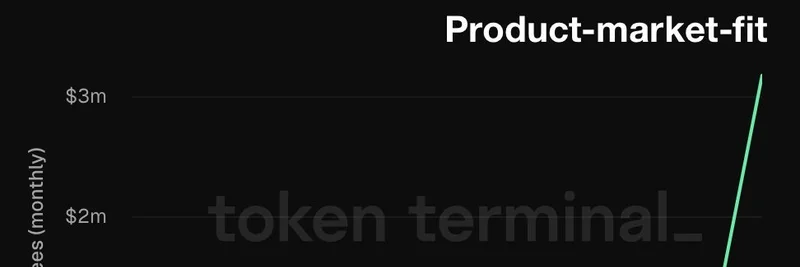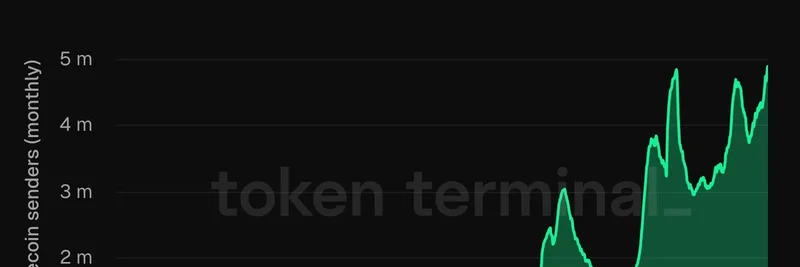In the fast-paced world of blockchain and DeFi, ecosystems can make or break a project. Recently, a thought-provoking thread on X (formerly Twitter) from @Lamboland_ sparked a lively discussion about Hyperliquid's current state. If you're not familiar, Hyperliquid is a decentralized perpetuals exchange built on its own layer-1 blockchain, offering spot and futures trading with lightning-fast speeds. The thread highlights a perceived divide between HyperCore—the core trading platform that's buzzing with excitement—and HyperEVM, the EVM-compatible side that's struggling to gain the same traction.
The original post points out that while HyperCore has everyone hyped for its future, HyperEVM feels like the underdog without the same community love. There's even internal competition, or "PvP" (player versus player, a gaming term often used in crypto for rivalries), within the HyperEVM crowd. Drawing a parallel to Solana after the FTX collapse, the poster notes how Solana's community rallied together for collective success. Hyperliquid, on the other hand, lacks that unity right now. As a potential bridge, they mention Project X—a mysterious initiative that could help merge HyperEVM and HyperCore efforts down the line.
Diving into the replies, the community chimes in with some raw takes. One user, @19bernie, calls out HyperEVM's usability issues, like unpredictable gas spikes (those pesky transaction fees that can surge during high activity), and a lack of fresh innovation beyond projects like Rysk, a DeFi options protocol. They also tie it to underwhelming token events, which hasn't helped build momentum.
@Chipagosfinest, who's building a consumer app on HyperEVM, sees opportunity in the chaos. They argue that HyperCore attracts folks optimizing trading tools, but HyperEVM needs more creative, everyday use cases to draw in retail users. Betting on convergence between tradfi (traditional finance) pros, market makers, retail traders, and DeFi natives, they remain bullish despite the current rough patch.
Echoing that it's early days, @LetMeDo suggests HyperEVM is still carving out its identity. With overlapping projects vying for attention and users farming (participating in protocols to earn rewards), growth could explode once rewards kick in—much like HyperCore's trajectory. They recall unifying moments in Hyperliquid's history, like defending against attacks (shoutout to the JellyJelly incident and Aster's drama), mirroring Solana's resilience.
Other voices add layers: @store_optimal notes that most users flocked to Hyperliquid for perp trading (perpetual futures contracts), not NFTs or "worthless memes" (a nod to the speculative side of crypto). @AleyProbably blames broader market vibes, with everyone feeling off-kilter lately. @chatfinances stresses that HyperEVM isn't standing out from other layer-1 chains yet, and killer protocols—like what Project X might deliver—could be the magnet for users.
Even creatives are weighing in, with @Tuteth_ sharing plans for an art project on HyperEVM, open to collaborating for innovation across the ecosystem. Supportive shouts from @levithefirst and @hypeonhoodrich round it out, drawing parallels to Solana's 2023 reset: pain first, then alignment.
This thread underscores a key lesson in crypto: unity drives growth. Hyperliquid's tech is top-tier—sub-millisecond latency, on-chain order books—but community fractures can slow adoption. For meme token enthusiasts, this matters because HyperEVM could become a hotbed for viral launches if it irons out these kinks. Think low-cost, high-speed environments perfect for pumping those fun, community-driven tokens.
If Project X lives up to the hype, it might just be the catalyst to blend these worlds. In the meantime, keep an eye on Hyperliquid's evolution—it's a prime example of how DeFi ecosystems mature. What do you think? Is HyperEVM poised for a comeback, or does it need a major overhaul? Check out the full thread here for more community insights.




